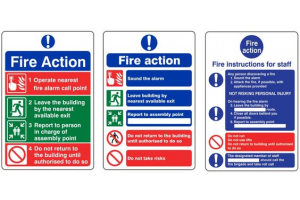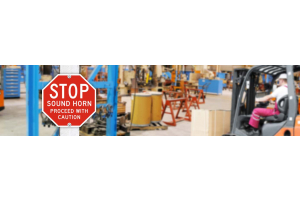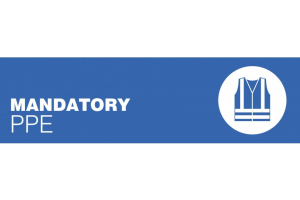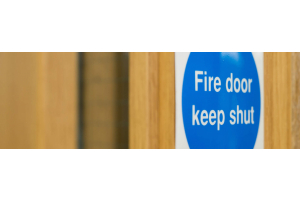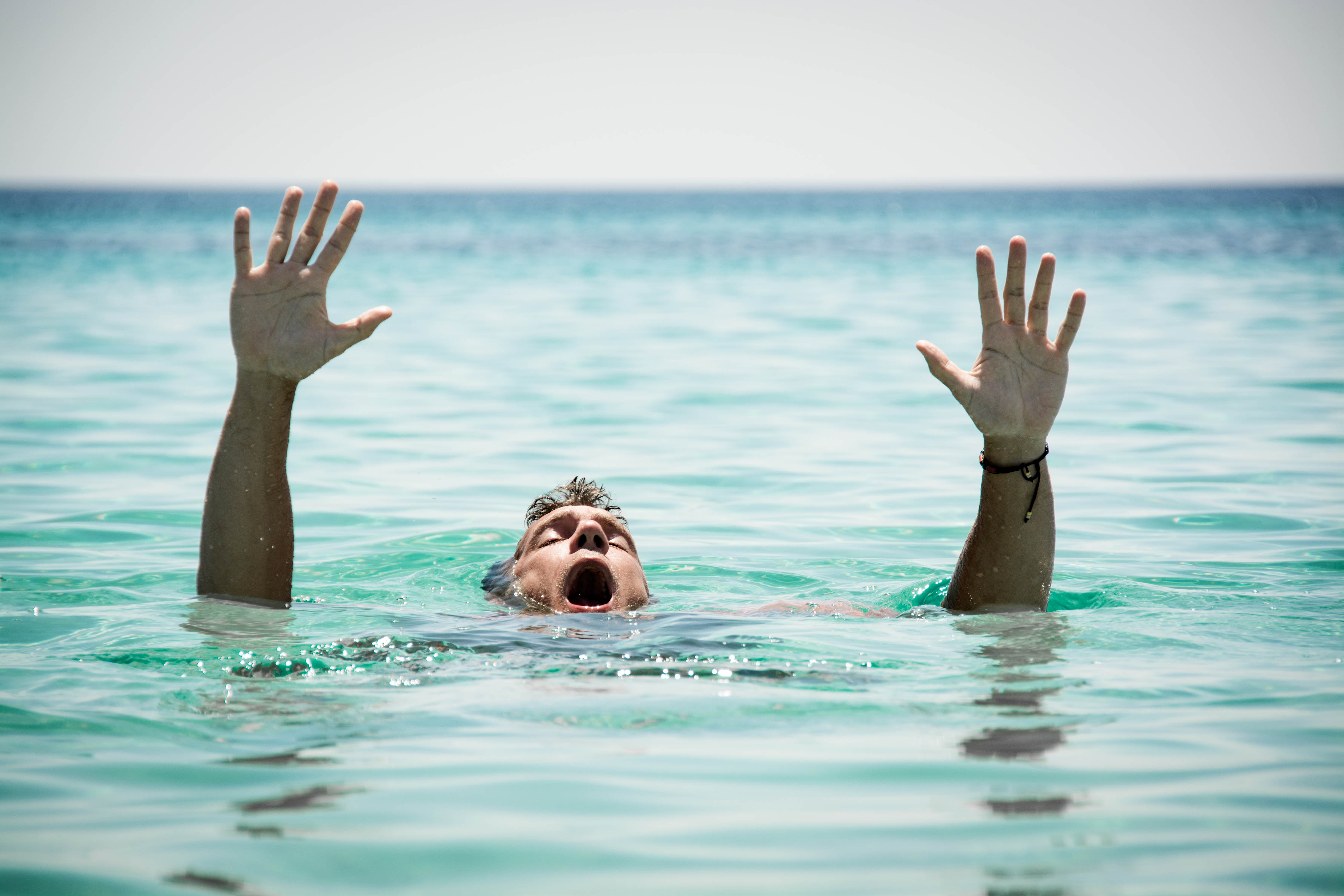
Prevention of drowning
There is a risk of drowning when people work beside or above water or have to pass near or across it on their way to or from their workplace. People can also drown in other liquids such as slurries in lagoons, foodstuffs in open vats in food processing works and solutions of chemicals in factories. If people have to work over or in the vicinity of water, there must be a safe system of work, and they must be properly trained. Equally important is the provision of proper equipment and suitable emergency procedures, together with the information and training necessary to use the equipment and respond effectively in an emergency. The most immediate danger following a fall into water is drowning. Causes or contributory factors include: shock of sudden immersion in cold water; weight of waterlogged clothing; incapacity following injury caused by striking an object during the fall or while in the water; fatigue or hypothermia where rescue is not immediate.
Preventing a fall into water, Erect barriers to stop people from falling into the water or other liquid. In most cases guard rails and toe boards or a similar barrier will be needed at open edges to ensure people cannot fall. In factories, farms and some other locations it may be possible to cover the surface of the container or to drain it. A safe system of work also includes other considerations, eg diverting or reducing rates of flow in channels where possible by closing sluice gates and the arrangements for training and supervision of employees etc. Raising the alarm, When working over or near to water there should be means to raise the alarm if anyone has fallen into the water.
It may be advisable to provide whistles and lights to help locate people in the water. Keeping afloat, Provide life jackets to those at risk. Life jackets should ideally be auto-inflating and should always be worn. They are designed to support an unconscious person in the water and turn them face upwards. It is essential that anyone who needs to wear a life jacket is trained in its use. Buoyancy aids are intended to provide a conscious person with enough extra buoyancy to stay afloat and achieve a reasonably good flotation position, but they may not turn an unconscious person over from a face-down position.
Grab and throw lines
A grab line can be tension-ed across the river downstream of the work site to act as a safety feature. This line should be tension-ed across the river so that it runs at 45 degrees to the flow, with the most downstream end to the bank from which easiest access can be made. This allows the swimmer to be washed to the downstream end as they hit the line. Do not tension the line at 90 degrees to the flow. A throw line should not be tied to anything. For use in moving water it needs to be 8-12 mm diameter for ease of handling, brightly coloured and able to float to avoid entanglement on the river bed. If the force is too much to hold, the rescuer should walk down the bank recovering or releasing the line to avoid the possibility of the rescuer being pulled into the river. A tied or snagged line may have the effect of submerging the person in the water if the current is fast.
Rescue boats
Suitable rescue boat or boats with a competent operator may be needed. This is particularly important when people may fall into the sea or flowing rivers. The boat should be designed so that it is easy to pull a casualty from the water into the boat. The type of rescue boat depends on the circumstances of the work and type of water and any currents. In fast-flowing water, two people may be necessary to carry out a rescue, one to manoeuvre the boat and the other to pull the casualty from the water. To be effective, these precautions need to be maintained. People need to know what to do in an emergency and how to raise the alarm. People are also at risk of drowning when they must travel by boat to reach their workplace, eg for certain work at docks, in rivers, at dams and on islands. Any boat used to convey people
